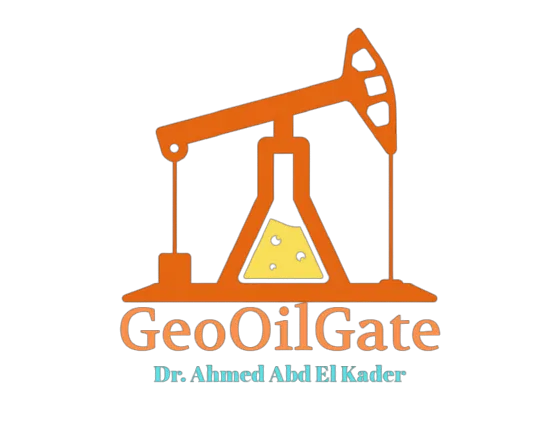Petroleum Engineering
WELL COMPLETION

WELL PRODUCTION

A “production Engineering” refers to the Engineering that extract oil or gas from subsurface well deposits. Production wells are drilled thousands of feet into the earth directly into oil or gas rich deposits contained in underground formations. Traditionally, vertical wells were utilized to extract oil or gas from one subsurface reservoir. Horizontal drilling was later developed in order to extract oil and gas from multiple reservoirs through the use of one well, which is horizontally angled into the deposit.
ARTIFICIAL LIFT

Artificial lift refers to the use of artificial means to increase the flow of liquids, such as crude oil or water, from a production well. Generally this is achieved by the use of a mechanical device inside the well or by decreasing the weight of the hydrostatic column by injecting gas into the liquid some distance down the well. A newer method called Continuous Belt Transportation uses an oil absorbing belt to extract from marginal and idle wells. Artificial lift is needed in wells when there is insufficient pressure in the reservoir to lift the produced fluids to the surface, but often used in naturally flowing wells to increase the flow rate above what would flow naturally. The produced fluid can be oil, water or a mix of oil and water, typically mixed with some amount of gas.
WELL TEST

WELL CONTROL

WELL STIMULATION

